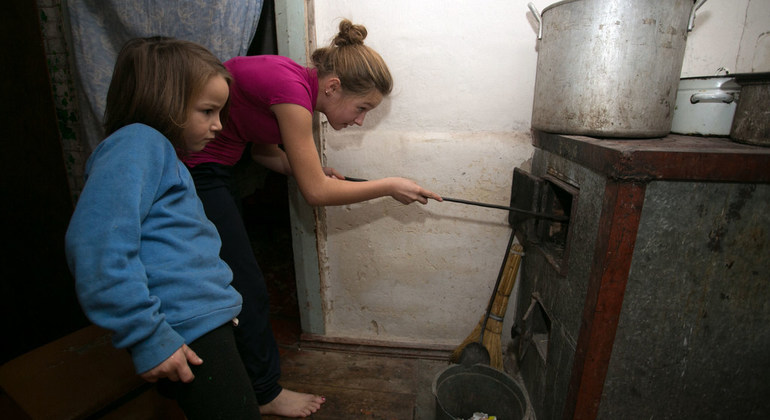Eastern Ukraine has become one of the most mine-contaminated places on earth, despite recent developments aimed to protect the rights of girls and boys affected by more than five-year-long conflict.
In late February 2014, a political crisis in Ukraine turned to violent confrontation as Russia annexed Crimea and a full-scale conflict between Government forces and separatists in the country’s east broke out.
According to Afshan Khan, UNICEF’s Regional Director for Europe and Central Asia, it is “unconscionable” that children there continue to “go to schools with bullet holes and bomb shelters and live in neighbourhoods that are intermittently shelled and littered with landmines”.
After recently meeting children and families in the region bordering Russia, she spelled out that “a political solution is long overdue”.
“We call on all parties to the conflict to end the fighting in eastern Ukraine”, Ms. Khan underscored.
Five years of ‘constant danger’
While the UNICEF envoy acknowledged that the Government’s recent endorsement of the Safe Schools Declaration is a positive step to protect education from attack and reduce the use of schools by military forces, she emphasized that more than five years of conflict have been devastating for children on either side of the contact line.
“The children I met in eastern Ukraine have hopes and dreams like all children but have suffered tremendously after five years of living in constant danger,” said Ms. Khan.



